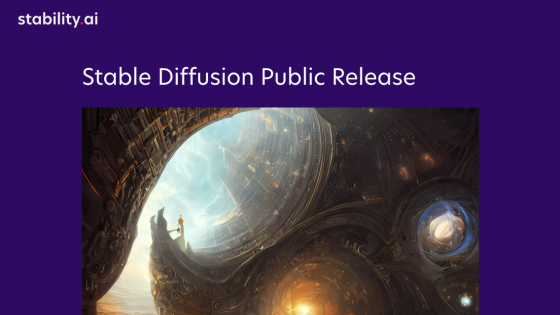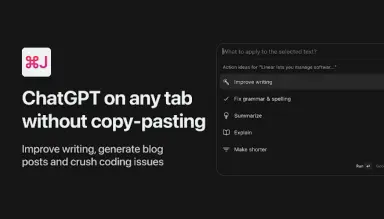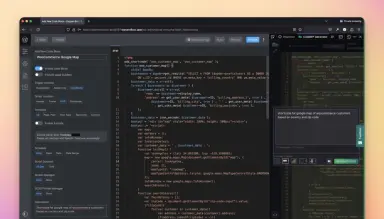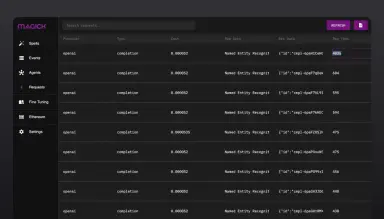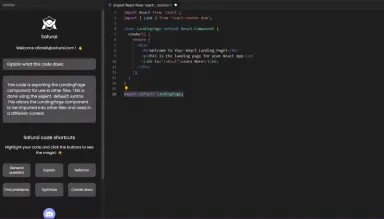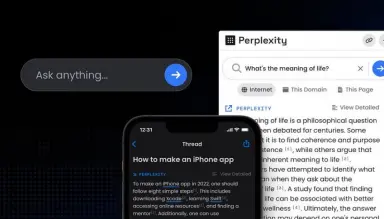Stable Diffusion: Useful information, Features, Benefits
Stable Diffusion Features
Stable Diffusion is a state-of-the-art text-to-image model that can generate realistic and detailed images from any text input. Here are some of its features that make it a powerful and versatile tool for AI-based art and creativity:
- Latent diffusion model: Stable Diffusion is based on a novel generative model architecture that iteratively denoises random noise into images, guided by a text encoder and an attention mechanism. This allows it to produce high-quality images with fine-grained control over the content and style.
- Open source and accessible: Unlike previous text-to-image models such as DALL-E and Midjourney, Stable Diffusion is fully open source and can run on most consumer hardware with a modest GPU. This means anyone can download and use the model for free, without relying on cloud services or proprietary APIs.
- Large and diverse dataset: Stable Diffusion was trained on the 2 billion English language label subset of LAION 5b, a massive and general dataset of images and text scraped from the internet by the German nonprofit LAION. This gives the model a broad and rich vocabulary of concepts, styles, and domains to draw from.
- Multiple applications: Stable Diffusion can be used for more than just generating images from text. It can also perform tasks such as inpainting, outpainting, and image-to-image translation, all guided by a text prompt. For example, it can complete an image given a partial input, extend an image beyond its original boundaries, or transform an image into another one based on a description.
- Online platform and prompt database: Stability AI has also created an online platform for using Stable Diffusion without any coding or installation required. Users can simply type in a text prompt and generate an image in seconds. The platform also features a prompt database, where users can search for more than 9 million prompts created by other users around the world.
Who is best fit for Stable Diffusion
Stable Diffusion is a text-to-image model that can generate images from any text input, as well as modify or enhance existing images based on text prompts. It is a powerful and accessible tool that can be used by anyone with a decent computer and some technical skills. Here are some categories of people who can benefit the most from using Stable Diffusion:
- AI artists and enthusiasts: Stable Diffusion can be used to create original and expressive artworks from text, or to transform or remix existing images with text. It can also be used to explore different styles, genres, and domains of visual art, as well as to experiment with novel and surreal combinations of concepts. AI artists and enthusiasts can use Stable Diffusion to express their creativity, showcase their talent, or simply have fun with AI-generated images.
- Educators and students: Stable Diffusion can be used as an educational tool to teach and learn about various topics related to art, history, culture, science, and more. It can also be used to illustrate concepts, examples, or scenarios that are difficult to visualize or explain with words alone. Educators and students can use Stable Diffusion to enhance their teaching and learning experiences, as well as to spark curiosity and interest in various subjects.
- Writers and storytellers: Stable Diffusion can be used to generate images that complement or inspire written works, such as novels, short stories, comics, scripts, poems, etc. It can also be used to create visual narratives or stories from text alone, or to add visual elements to existing stories. Writers and storytellers can use Stable Diffusion to enrich their writing and storytelling processes, as well as to engage their audiences with immersive and captivating visuals.
- Designers and marketers: Stable Diffusion can be used to generate images that suit various design or marketing purposes, such as logos, icons, posters, flyers, banners, etc. It can also be used to create mockups, prototypes, or previews of products or services based on text descriptions. Designers and marketers can use Stable Diffusion to save time and resources, as well as to generate diverse and appealing images for their projects or campaigns.
- Researchers and analysts: Stable Diffusion can be used to generate images that illustrate or analyze various phenomena or data related to science, technology, society, etc. It can also be used to generate synthetic data or images for testing or training purposes. Researchers and analysts can use Stable Diffusion to support their research or analysis work, as well as to communicate their findings or insights with clear and compelling visuals.
Stable Diffusion Pricing Options
- Free: Stable Diffusion is fully open source and can be downloaded and run locally on any computer with a GPU that has at least 6 GB of VRAM. This option does not require any payment or subscription, but it does require some technical knowledge and installation steps. Users can access the latest code and model weights from the GitHub repository, as well as the documentation and tutorials.
- Paid: Stable Diffusion can also be accessed through the official Stability AI Platform API, which lets users use Stable Diffusion and other Stability models inside their applications. It offers high-quality image generation, super-resolution upscaling, depth-to-image synthesis, and more. The pricing starts from $0 for up to 1000 requests per month, and then $0.01 per request for additional requests. Users can also access the official DreamStudio web app, which lets users create and edit images using Stable Diffusion with a graphical user interface (GUI). The pricing starts from $1.18 for every 100 generation credits, which are scaled based on the computation required to generate an image.


